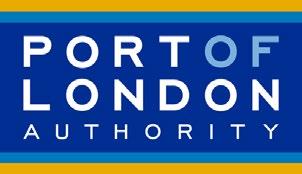








Insights from Steven Clapperton on Marine Operations and Sustainability at the Port of London
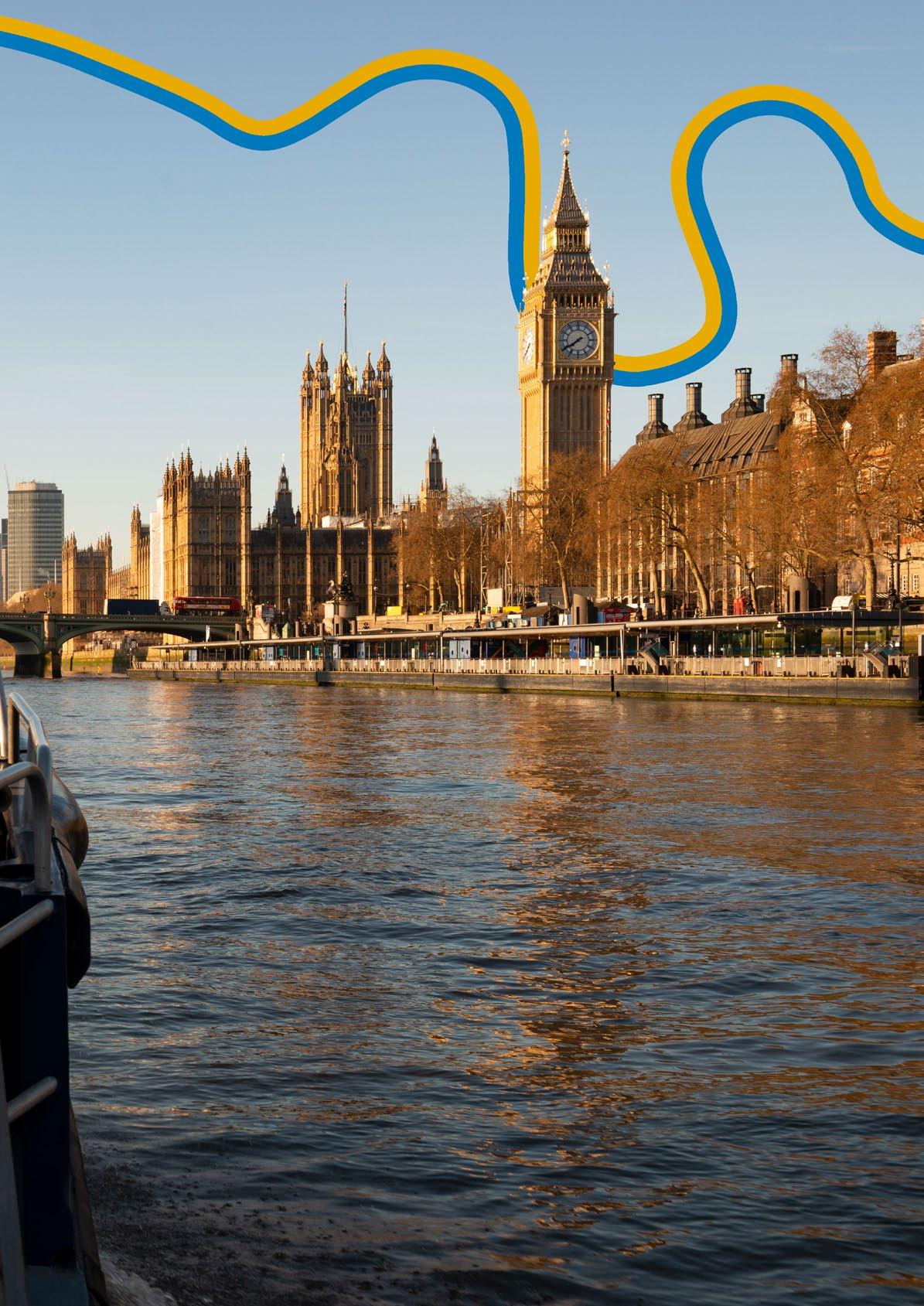
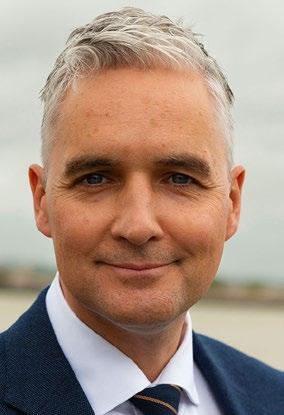
Join us as we engage in an insightful conversation with Steven Clapperton, Director of Marine Operations at the Port of London Authority (PLA). With an extensive background in marine operations, Steven shares his vision for the future of the UK’s largest port by tonnage, exploring key initiatives like the Marine Centre Transformation Programme and workforce development strategies. Additionally, Grace Rawnsley, Director of Sustainability, provides her perspective on the PLA’s robust approach to sustainability, highlighting their efforts to decarbonise operations and promote environmental stewardship within the maritime community. Discover how the PLA is navigating the complex waters of modern maritime challenges and driving forward a sustainable future for the Thames.

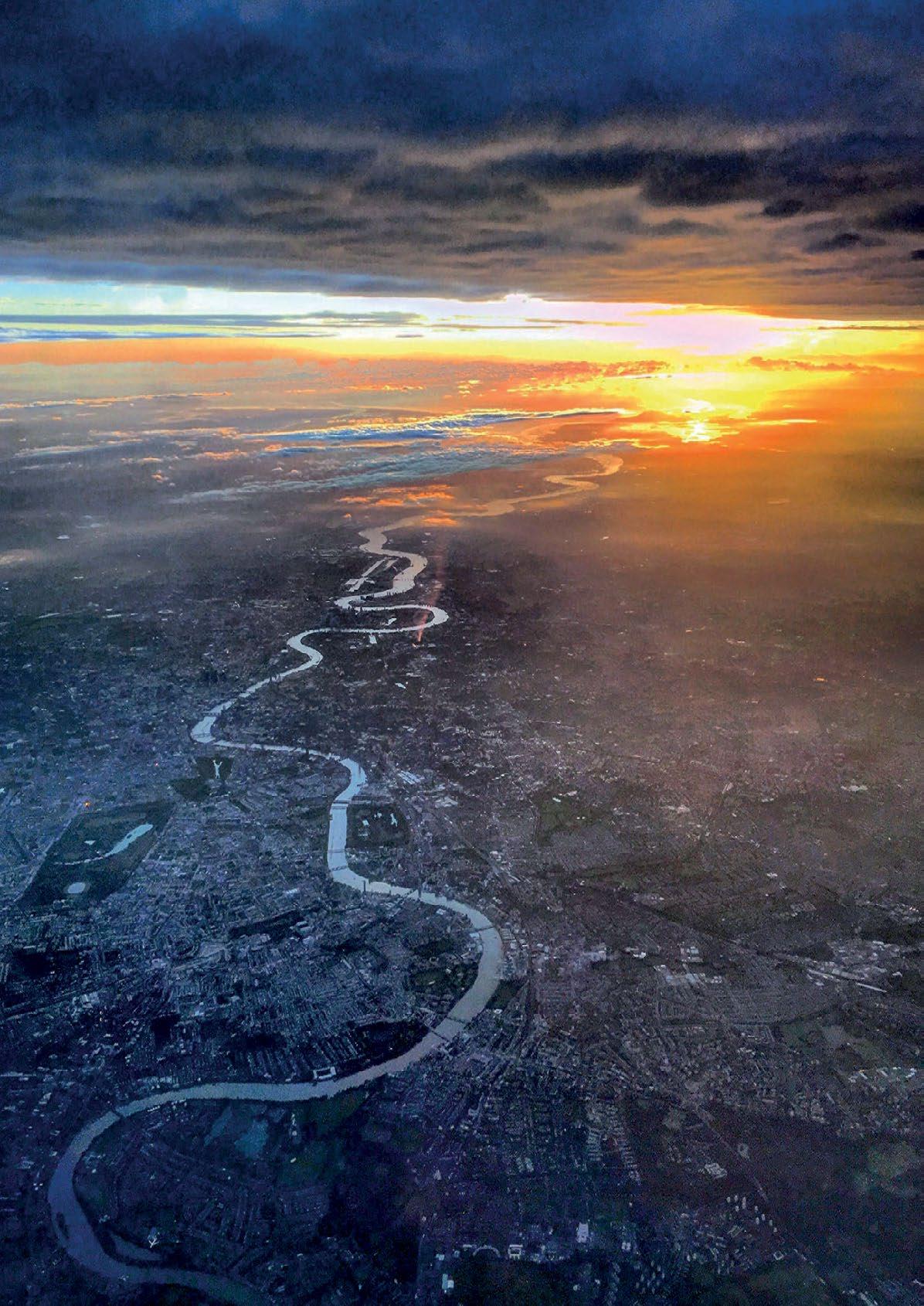
With your extensive background in marine operations, how do you see your experience shaping the future direction of the Port of London?
As the largest port (by tonnage) in the UK, the Port of London Authority (PLA) has a strong vision for the future, neatly summed up in our strategy Thames Vision 2050, which we launched in 2022. Being the busiest inland waterway, with both growing trade and sporting activity on the river, we are a stakeholder-led organisation and work to keep the commercial and leisure users safe, to protect and enhance the environment, and to promote the use of the river for trade and travel.
Coming from a sea-going background (with experience in marine consultancy, pilotage, VTS, and managing operations, both directly in the shipping sector and in the oil and gas sector), there is a direct link to what I’ve done previously to our future ambitions at the PLA.
One of the fantastic things about the PLA is that it’s an organisation with employee development and lifelong learning at its heart. I’m now in a position where I can influence employee development at the PLA and start to create opportunities for the next generation of port employees, whatever they look like. For example, for those who would like a career afloat, we’ve got a very clear career path, from entry right through to Master on workboats, and this has been well-received by Trade Union representatives as well as colleagues.
With your extensive background in marine operations, how do you see your experience shaping the future direction of the Port of London?
We’ve got an incredibly strong growth path at the PLA and by 2050, we anticipate our cargo movements growing from 55 million tonnes to approximately 75-80 million tonnes. Passengers on the Thames and light freight activities will also double. Yet the size of the waterway will remain static. So, it’s a constrained waterway, with competing demands, and it is only going to get busier.
Therefore, a recent and ongoing upgrade of our Vessel Traffic Services (VTS) system is very much focused on the safety of navigation; we’re looking to the future of VTS to how we manage increasing constraints and competing demands on the waterways.
We did an extensive procurement process; one of the key inputs into our decision-making was to select a VTS system provider that had a strong technology roadmap, which was aligned with our long-term vision for VTS and vessel operations. We know that remote vessel operations and greater use of technology, such as Artificial Intelligence (AI), are coming, and we knew if we couldn’t be future-proofed right now, we needed to work with a provider with a similar long-term vision to ours.
Our £10 million Marine Centre Transformation Programme is the largest investment in our safety of navigation services in over a decade. Our approach to the programme has been with safety of navigation as the forefront focus. We recognised our VTS needed replacing, that our Port Control Centre building was nearing the end of its life, and the operating model, although perfectly acceptable in the ‘here and now,’ wasn’t going to be suitable to support the future growth plans that our customers have. That’s what led to the development.
The outcomes that we are looking for are focused on one port, one river. With a continued emphasis on safety in navigation, we want to build a model that can respond to continued growth of trade on the river, aligned with our Thames Vision, as well as cope with the increased passenger and cargo vessel requirements in this constrained waterway.
What are the biggest challenges currently facing marine operations at PLA, and how are you addressing them, particularly in terms of workforce development and team leadership?
One of the biggest challenges is in adopting alternative fuels. In 2023, we transitioned our extensive vessel fleet from diesel to Hydrotreated Vegetable Oil (HVO). We’re conscious that HVO is very much a transition fuel, and the supply chain will come under increasing amounts of pressure and so the cost will rise. We’re happy to absorb that cost in the short term because we recognise the importance of decarbonising our own operations. However, to maintain our fleet into the 2030s and 2040s, we are going to have to transition to something completely different.
We’ve always taken the position that we don’t plan to offset carbon emissions, so we effectively need zero-carbon propulsion fuel systems: perhaps hydrogen-based or some mix of alternative fuels. In preparation for this, between 2025 and 2028, we will operate the first Zero Emissions, hydrogenpowered, remotely operated surveying vessel, and we expect to learn a lot from that.
Another challenge is the skills and workforce we need for the future. Historically, our marine employees came from marine backgrounds, and from the communities they served. However, the world has changed quite significantly in the last 20 years, and so the marine and port sector is no longer as consistently as an attractive place as we’d like it to be. That together with the changing place of technology means that we are not entirely sure what the employees of the future will look like, or the skills that they are expected to have.
However, we are putting mechanisms in place just now to identify those individuals and create partnerships to develop skills, promoting the port sector as a great place to work. We have a graduate scheme (marine engineering, civil engineering, harbour master and hydro), and we have long had an apprenticeship scheme. This year, we’re going to be adding to our roll of apprentices.

Can you discuss any significant collaborations or partnerships PLA is currently involved in or exploring?
We have a strong and very well-established academic partnership with University College London, which works very well for both parties. Businesses partnering with academia gives rigour, strength, and, for us, we get access to some incredible people, who can then trial academic work on real-world conditions. Our latest project is a four-year PhD to develop a Port of London digital twin.
What advice would you offer to professionals looking to advance in the maritime industry based on your experience?
I’ve been lucky enough to work with some fantastic senior leaders throughout my career, and one piece of advice that someone gave me early on was never to turn down a development opportunity, regardless of how relevant it seems to where you are now. I’m a great advocate of lifelong learning and have taken every piece of training and development opportunity that has been offered to me, and I’d encourage everyone to do the same.
As a finalist/winner for the maritime UK’s Clean Maritime Operator award, how do you describe the PLA’s approach to sustainability?
Answered by Director of Sustainability, Grace Rawnsley
We approach it in three ways. Firstly, we consider it in terms of our own internal operations, making those as sustainable as they can be. That covers everything from being impeccable on our carbon footprint, to measuring all our emissions, and having a robust plan to reduce those emissions (including Scope 1, 2, and 3), to ensuring our operations don’t create negative impacts within the river. It is an internal focus in the first instance as it is an important value for our organisation: it keeps us current, future-proofed, and demonstrates that we lead by example.
The second way we approach sustainability is by looking at our wider reach; the community that is the Port of London. There are 70 different terminal operators across our 95-mile stretch of the tidal Thames, and hundreds of individual vessel operators as well. As the port authority for this community, we look at how we effectively use our influence, our relationships, and convening power to progress sustainability and drive forward positive change. We do that across a range of subject areas, including decarbonisation, biodiversity, conservation, water quality, and air quality. It is a really positive element of what we do.
The community understands that sustainability is here to stay, and they are making impactful strides on sustainability. For example, Cory has a Carbon Capture and Storage project, creating the UK’s largest single-site energy-from-waste (EfW) operation, with the potential to create the world’s largest single-site EfW decarbonisation project; London Gateway’s berth 4 is due to be operational by the end of the year and will be its first zero emissions berth; some vessel operators already have electricpowered vessels; and we’re receiving more requests from owners of river walls who are looking at implementing biodiversity projects. We’re seeing it take off, and we’re doing as much as possible with our coalition to make it as real as possible.
”The community understands that sustainability is here to stay”
At the Port of London, we’re looking at how best we can help reduce the obstacles to make the decarbonisation journey faster and easier for those individual companies, such as data gathering exercises, like our Maritime Emissions Portal (MEP portal), lobbying government for changes in regulation, or hard thinking about the solutions that are needed.
Then the third way is how the port supports the sustainability transition on a wider scale for the UK. As the largest port, we’re able to take a leading role in terms of sustainability, such as how to meet the demand for future fuels, the import routes, and how we manage large-scale biodiversity initiatives. We’re looking at how we can support decarbonisation in general, such as our Hydrogen Highway, leading a new consortium aiming to develop a UK hydrogen highway network which consists of land, sea and ports. Electric Thames is another innovative project that we’re involved in; not only looking at what grid capacity is required to support the electrification of vessels, but also what can vessels do from a battery storage perspective, feeding back into the grid.
As a Trust port, we are determined to hand the tidal Thames on in a better condition to future generations, and we’re focussed on our vision for the Thames (Thames Vision 2050), supporting sustainable development and accelerating decarbonisation.
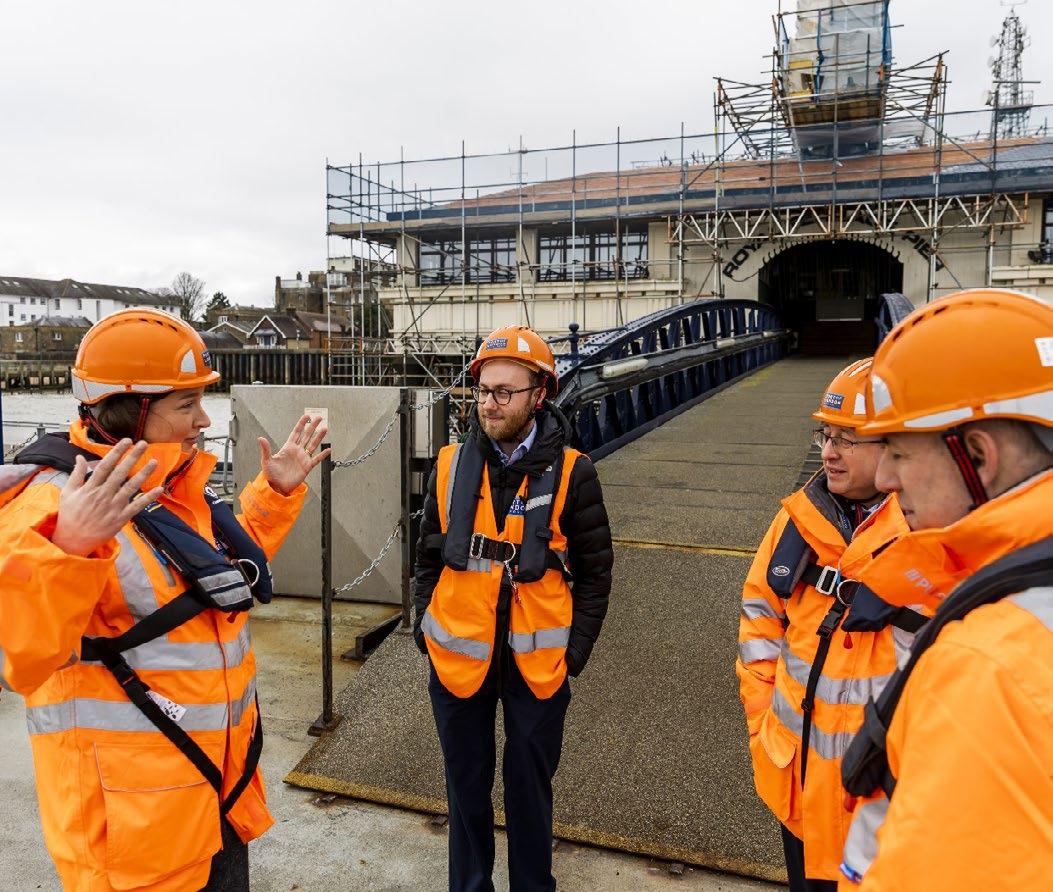

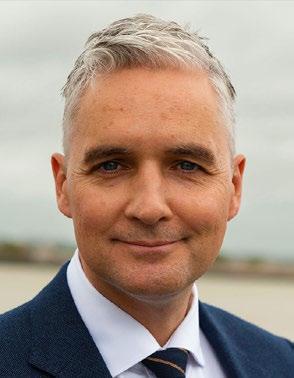
The Port of London Authority (PLA) manages navigational safety, environmental protection, and commercial activities on the tidal Thames, facilitating trade and transport while ensuring sustainable use of the river.
